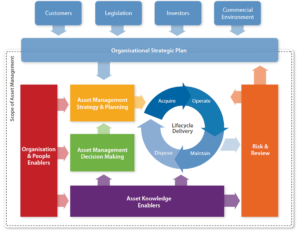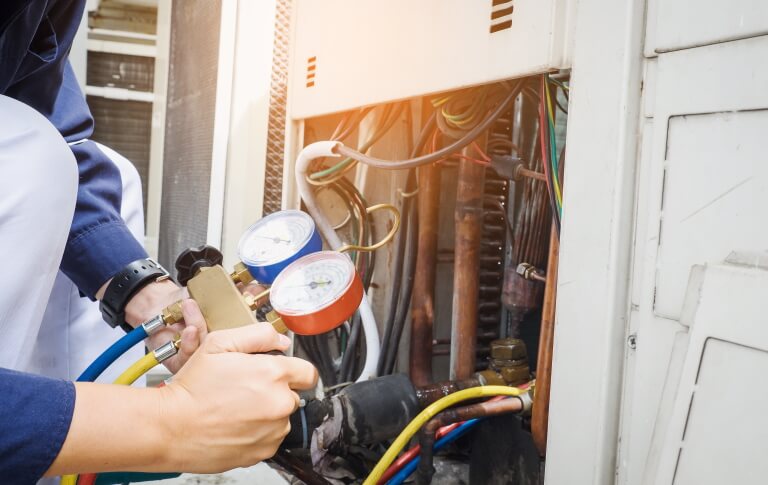Keeping track of the day to day can be a full time job, and running effective business processes is about more than making sure you’re serving your customers. It’s also about keeping things running “behind the scenes” – in other words, making sure your assets are doing what they’re supposed to, and keeping up their end of the customer service bargain.
So how do you keep your assets – your vehicles, plant, equipment, machinery – happy, and running smoothly all year round? Good, regular maintenance.
Think about all the things you fuel up or plug in. What would happen if any one of those things failed? Add to that the things you have to do every three, six or 12 months – like managing archiving and storage, maintaining inventory and stocktakes. If you don’t manage it, it will end up managing you – and that’s a real Hallowe’en nightmare!
Control your maintenance schedule; own your results
As a committed Way We Doer, you already have this potential nightmare running scared. Because every task you have to get done – and we mean every single one – can be turned into an Activated Checklist in your Way We Do account.
You can create maintenance checklists to remind staff to carry out regular tests and checks. You can even build in some of the more basic steps into your equipment operations procedures – like introducing “check oil levels” as a step before turning on a hard-working piece of machinery for the day. These basic steps may be reflected in simply monthly “housekeeping” procedures, which in turn lead into a procedure that tells staff when and how to organize regular servicing.
Managing an asset’s lifecycle
Nothing lasts forever. So it’s important to factor in each asset’s longevity when you’re developing maintenance checklists. It’s also important to think about the part the asset plays in your business, so you can manage it in the broader scope of your operational plan, and vision. While good asset maintenance is only a part of your assets’ overall lifecycle – from acquire to retire – it has a substantial influence on your whole business. After all, at a certain point, it can become more expensive to maintain something than to replace it.
As you build and run your maintenance checklists, you may find they tend toward a need for a higher-level approach. Something akin to a more formal and structured asset management strategy that will maximize your investment, and return to your business. In the diagram below, asset management consultancy, Assetivity, demonstrates how an asset’s lifecycle plays a pivotal role in a business’ overall operations, including risk, and what external factors can affect it.

Managing risk is about covering your assets
A good maintenance schedule, with strong internal procedures doesn’t just protect what can be very expensive machinery and equipment. By keeping everything running smoothly, you’re reducing the potential for lost time (and expensive repair bills) due to breakdowns.
Well-written procedures also make sure all your staff know what they are doing, and how to manage and maintain equipment safely. After all, your most valuable assets are your people.
Time and money aren’t the only things you can lose if your assets fail – your hard-won reputation can take a beating, and often a lot faster than it took you to build it up.
Plus, creating maintenance checklists can help move your business toward ISO accreditation, which can make all the difference in the level of clients and markets you can serve.
Make it, don’t fake it
When it comes to maintaining your assets, there are no shortcuts. You have to take the time. Talk to your staff; talk to your equipment managers and service professionals. And remember to call your team at Way We Do if you need extra help. Get all the information you need to create maintenance checklists that will keep your assets – and your business – humming.





